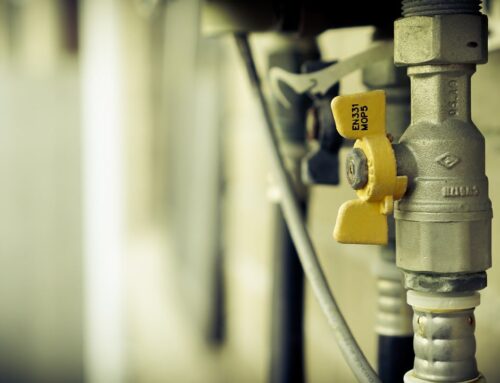If a flood or fire destroyed your home today, would you remember everything that was inside? Would you remember every article of clothing, piece of furniture, and every item in your dusty garage? The fact is that most homeowners wouldn’t. In fact, if you are like most people, you may have even forgotten where you put your keys are right now.
Because most of us don’t have a mental database of our home’s contents, it’s a good idea to keep track of everything through a home inventory. That’s exactly what it sounds like – a list of everything in your home.
Why bother creating this monster of a list? Because an up-to-date home inventory can help get your insurance claim settled faster in the event of a loss, and help you determine the right amount of coverage you should purchase in the first place.
Here’s how to get started on your home inventory checklist:
Pick a method
There are multiple ways to create a home inventory. You can go old school with a paper list or go digital with a spreadsheet on your computer. You may even choose to create your inventory through a smartphone app, like Know Your Stuff®. Whatever you do, pick a method that’s easiest for you to use and keep track of.
Tip: If you decide to go the paper list route, download our free checklist to keep everything organized.
Move from room to room
The best way to tackle a home inventory list is by grabbing a partner and working from room to room. Move from one side of the room to the other with one person recording items and the other calling the information out loud. Not only will this method keep you organized during the process but it will make your list easier to reference when you are finished.
Document items thoroughly
As you create your home inventory list, you should document items in a way that supports the insurance claims process. What does this mean? That means taking photos, recording serial numbers for relevant items and scanning receipts, credit card statements, appraisals and other documents for digital storage. Make sure you pay special attention to your most valuable possessions such as antiques, jewelry, art, collectibles and electronics.
Keep it updated
The contents of your home will change over time, which means you need to keep your list updated. It’s a pain to update it for every little thing, but make sure you are at least adding high-value items as they enter your home. A home inventory is most helpful when it’s accurate and up to date!
Tip: As you update it, keep a running total cost of everything in your home. If it exceeds your home insurance’s contents coverage limits, you’ll want to up your coverage.
Store it somewhere safe
There’s no use in creating a home inventory if it goes up in smoke with the rest of your items during a disaster. If you have a paper list, store it in a fireproof safe along with receipts and other relevant documents. Keep a copy outside the house as well. If you are storing your list digitally, make sure it’s backed up on a flash drive, external hard drive or in the cloud.
Tip: Even if you store your list digitally, protecting valuable items in a fireproof safe is never a bad idea. It’s a good place to put family heirlooms or important documents such as birth certificates.
Creating a home inventory might sound like a daunting task, but if you utilize helpful resources and stay organized, it’ll be a breeze. Plus, if you ever experience a covered loss, you’ll be really happy to have one.









